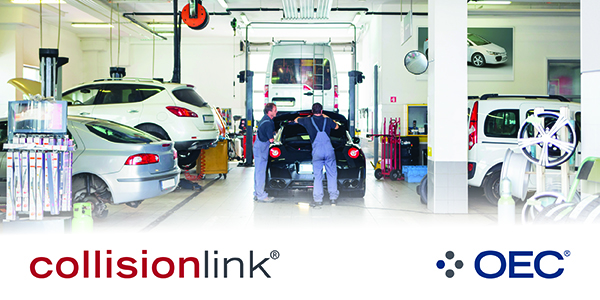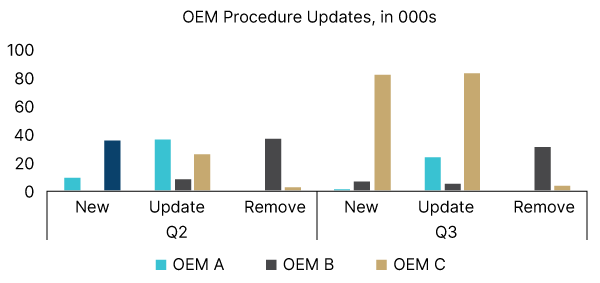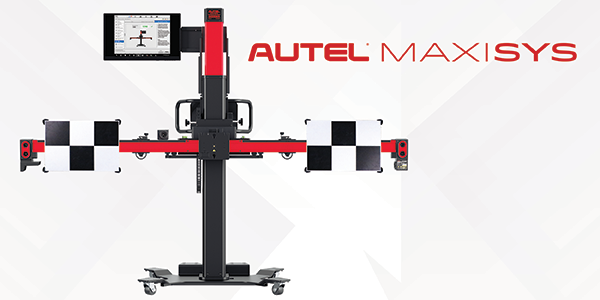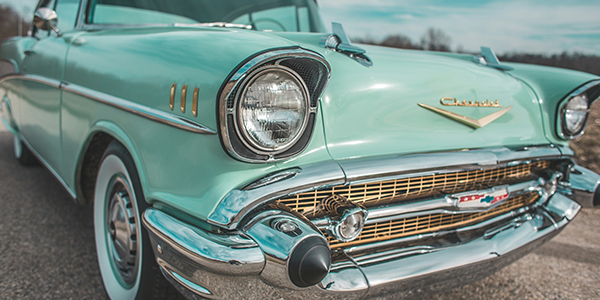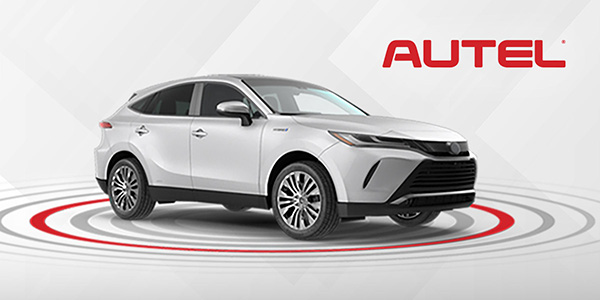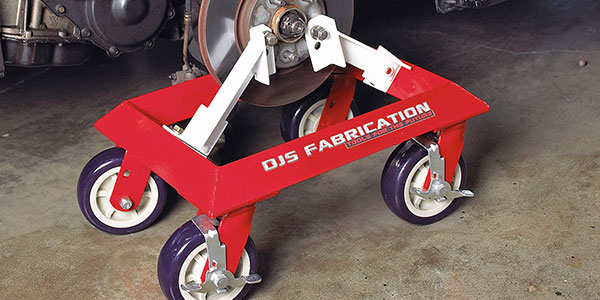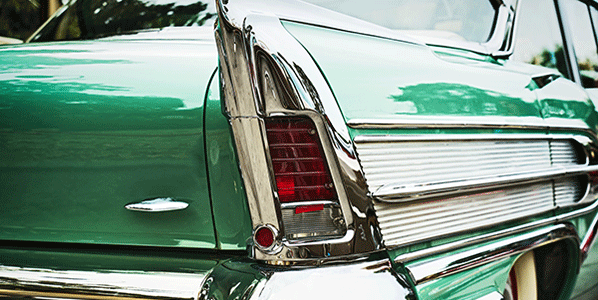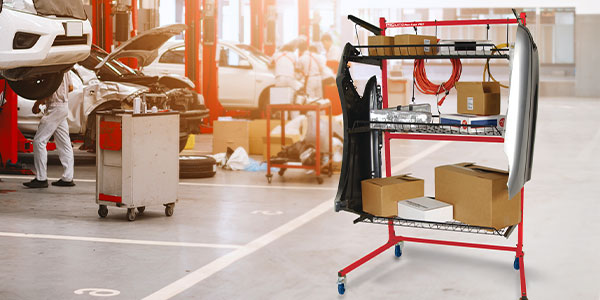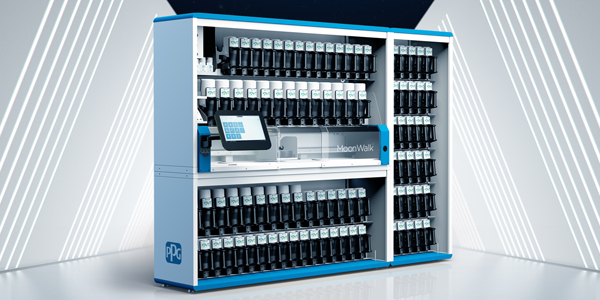The collision industry has grown incredibly complex with the advancement of technology and repair requirements. Luckily, shops are in a great position to boost every aspect of their business by using the best products in the market today: original equipment (OE) parts.
A heavy weight has been set on the collision industry with recent legal cases. A new light has been shed on how vehicles go through the repair process and the term “crash worthiness” has become a way of life instead of just a common industry phrase. Collision shops have always paid attention to the proper procedure when it comes to fixing a vehicle correctly. Lately, the bar has been raised and standard practices have been challenged. It is not only about the vehicle’s first repair, it’s also about keeping the vehicle equally as safe for any subsequent collision. Using OE parts creates a sound and structurally safe vehicle, which follows the integrity in which the vehicle was built.
OE parts are called original because that’s what they are. They are original parts made for that vehicle. OE parts are the truest way to get a vehicle back to its original state. The most important reason is to maintain the safety that was promised to the consumer when they invested in that specific brand. OE parts are the safest and most accurate way to have the vehicle repaired. Brand loyalty initiatives are at an all-time high. The purchase experience is still vital, however the experience the customer has over the lifetime ownership of their vehicle has climbed in importance in recent years. If a collision occurs, the vehicle owner will reflect positively or negatively on the repair experience, judging the body shop, insurance company as well as the OEM. Knowing this allows dealers to talk with their shops and stress the importance of the brand standards and why using OE parts is beneficial for all parties involved.
OEMs are now taking a more active role in promoting the use of OE parts to ensure proper repair of their vehicles. Throughout the industry, the manufacturer provides information for each specific vehicle to standardize the repair procedures. These specifications are having a huge impact and collision shops are taking notice. Shops recognize the value OEMs have in their products and how quality craftsmanship builds trust for the customer as well as the technician that works on the vehicles. Technicians who experience this type of integrity become great resources for the collision industry, showing they have pride in their skillset as well as the company they represent. Beliefs such as these cultivate longevity of employees, which is a mission every shop wants to achieve. Creating this type of atmosphere allows those technicians to perform quality work, gain proper education and familiarize themselves with adequate systems and resources to do their job. This means less turn-over and ultimately makes the business stronger and more profitable.
Procurement systems like CollisionLink are great tools to help shops purchase OE parts and often also provided discount incentives from OEMs. CollisionLink makes it possible for shops to increase parts order accuracy, improve cycle time and protect profits on both parts and labor. With access to thousands of high-volume collision parts that qualify for discounts from OEMs, CollisionLink is the best procurement system available and is the #1 preferred shop solution.
CollisionLink overview:
- OEM discounts. Frequently, automakers offer discounts to shops choosing OE parts as a better alternative to non-OE or simply for buying parts online using CollisionLink
- Reduced part returns. With a very high accuracy rate on orders, fewer parts need to be returned, which means improved cycle time, fewer delays in auto repairs and fewer A/R and A/P billing adjustments
- VIN details, paint codes, trim codes and more. Order accuracy improves because shops can see VIN build data including paint codes, trim codes, gear ratios and more
- One ordering process for all makes and models. CollisionLink automatically imports shop estimates for all makes and models
- Track an order and its status. Know the status of your orders at a glance, including if the dealer has received, opened or responded to the order. Available ship dates are also included in the dealer’s response
- Send photos to dealers. With the photos feature, you snap a digital photo, download it to your computer and send it to your dealers to help you get the exact parts needed
CollisionLink is provided free to body shops as a courtesy by subscribing dealerships. Dealers pay a monthly subscription fee. Repair facilities are not charged for CollisionLink usage. It is simple to enroll; visit CollisionLinkShop.com to get started today.

